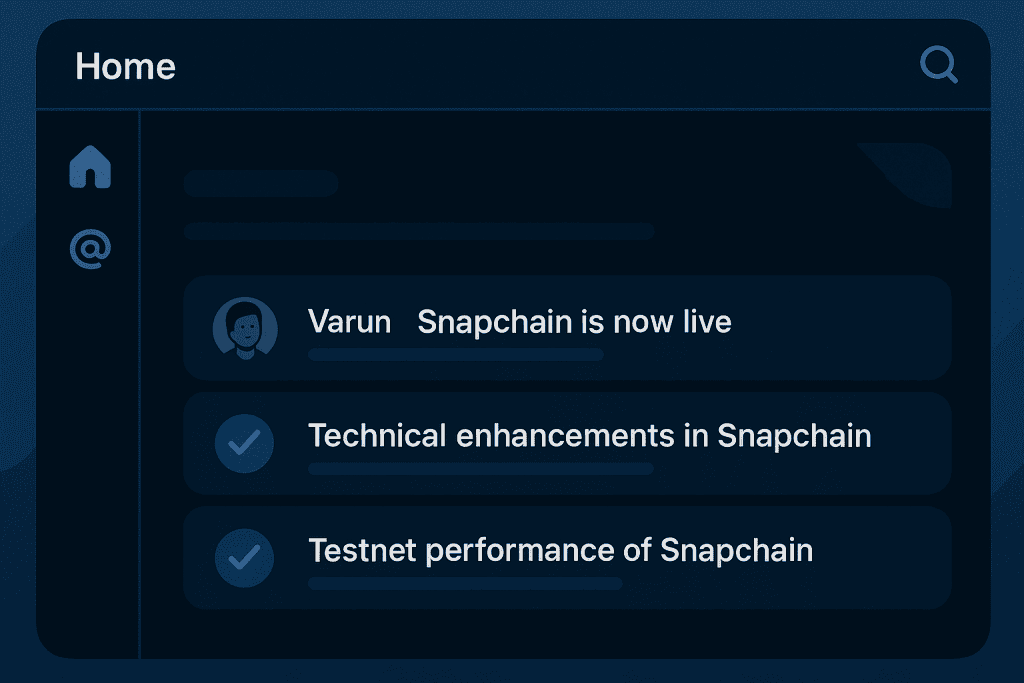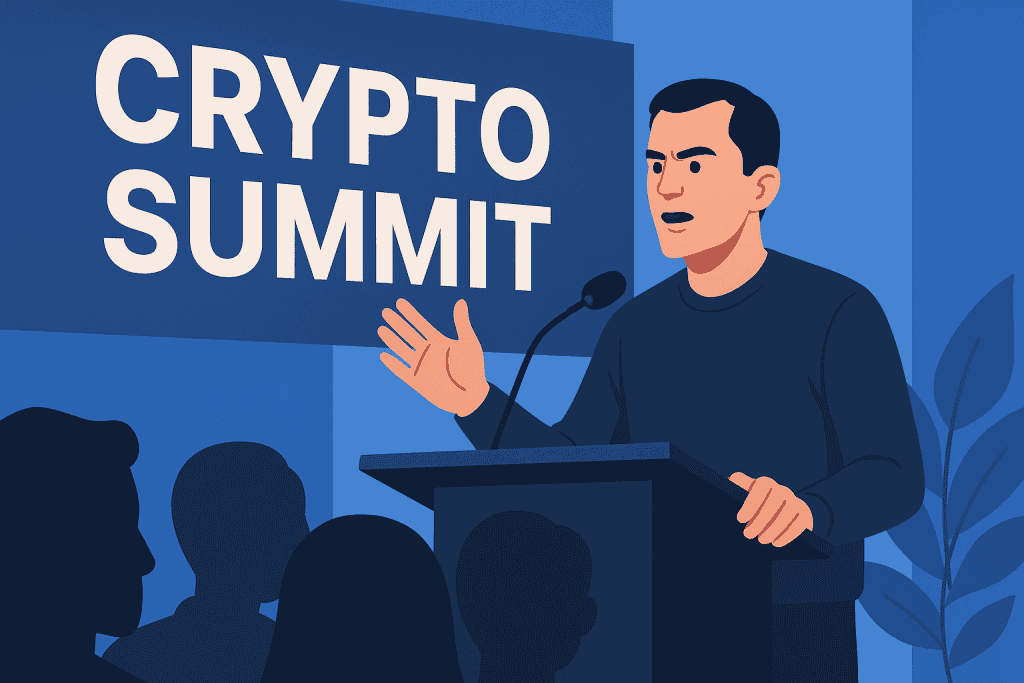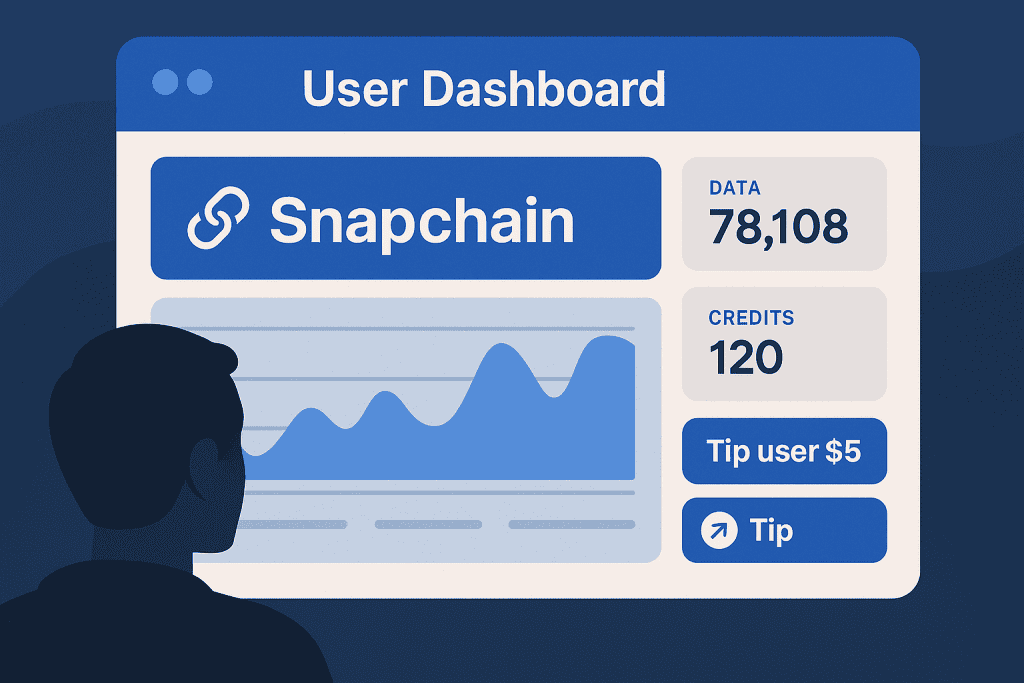Farcaster is making waves in the cryptocurrency scene, signaling a major shift in how we connect online. Unlike traditional social media platforms that store user data on centralized servers, Farcaster empowers individuals to own their content and identity across the web. Built with decentralization at its core, it’s gaining popularity among developers, creators, and digital communities looking for more freedom and transparency. As the demand for user-controlled platforms grows, Farcaster steps in as a trusted Web3 social protocol that combines familiar social features with the innovation of blockchain-inspired architecture.
Recent upgrades have positioned Farcaster not just as an experimental network but as a legitimate competitor in the evolving social media ecosystem. Innovations like Snapchain, its new scalable data layer, and the rollout of a Pro version complete with token airdrops are giving users new ways to interact, earn, and build communities without relying on tech giants. These shifts are drawing attention from thought leaders in crypto and Web3 spaces, encouraging more people to explore decentralized social apps. With its steady momentum and community-first philosophy, Farcaster is not just catching eyes, it’s setting a standard for how the next generation of digital interaction might look.
What Happened
Farcaster recently made headlines with two major developments that are reshaping how decentralized social platforms operate. First, the launch of its new data layer, called Snapchain, introduces a major innovation in how user data is stored and accessed. Unlike traditional blockchains that can be slow and expensive to scale, Snapchain offers a faster and more flexible architecture tailored specifically for social applications. It allows users to publish their posts, reactions, and interactions on a decentralized network without sacrificing performance. This technology ensures that users retain control over their digital identity and content, creating a truly open social graph where anyone can build applications or experiences on top of it.
Simultaneously, Farcaster rolled out its Pro version, a premium offering designed to reward early supporters and drive further adoption. As part of this release, eligible users received a token airdrop, instantly injecting value and excitement into the platform. This move not only incentivized participation but also signaled Farcaster’s intention to create a thriving creator economy within its ecosystem. Influencers, developers, and everyday users now have more tools to monetize their presence and contribute to the community. Together, these updates show that Farcaster is not just another crypto experiment. It is rapidly becoming a core infrastructure for the Web3 social space, blending technical sophistication with real-world user benefits.
When and Where

The latest developments around this Web3 social platform took place in June 2025, a pivotal month that saw a major uptick in both user activity and industry attention. The Snapchain launch and Pro version rollout were first introduced to the public via Warpcast, its official interface. This functions as the main social layer where users interact, post, and share updates in real time. As soon as the announcements dropped, crypto communities across platforms like Discord, Telegram, and X (formerly Twitter) buzzed with discussion. Influencers, developers, and crypto news outlets quickly picked up on the news, sparking a flurry of engagement and new sign-ups.
The choice of timing was strategic. Launching in June, right at the start of midyear Web3 conferences and hackathons, gave the project an ideal spotlight in developer circles and crypto expos. The update aligned with rising interest in decentralized identity and social apps, helping the platform stand out amid other blockchain innovations. Warpcast acted as ground zero, where early reactions, discussions, and support began to flourish, creating a ripple effect throughout the Web3 world.
Who is Involved

The driving force behind the initiative is Dan Romero, a former executive at Coinbase who has been instrumental in promoting decentralized platforms. His vision of user-owned digital identity and open communication tools has shaped the ethos of the project from day one. Romero’s past experience in one of the most prominent cryptocurrency exchanges adds credibility and strategic insight to the effort. He has consistently emphasized transparency, developer involvement, and community feedback as core principles of growth.
Supporting Romero is a tight-knit team of seasoned Web3 engineers and designers, many of whom are early adopters of decentralized protocols. These contributors bring expertise in scaling blockchain systems and designing user-friendly apps, helping bridge the gap between tech-heavy backend systems and accessible social experiences. The community also plays a vital role. Developers build apps and integrations on top of the platform, while creators use it to reach engaged audiences and monetize through Web3-native tools.
Why It Matters
Farcaster’s recent updates mark a turning point in how decentralized social media platforms can function in a more meaningful and scalable way. Traditional platforms like Twitter or Facebook control user data, limit third-party innovation, and often exploit attention for ad revenue. Farcaster flips this model. With Snapchain, users finally have the ability to own their posts and interactions, which are recorded on an open, modular data layer. This change means developers can build their own interfaces or tools without needing permission from a central authority. In essence, Farcaster creates a user-centric ecosystem where content and identity are portable, open, and secure.
The broader implications for the crypto market are significant. Farcaster’s approach proves that decentralized platforms can deliver more than just ideals. They can provide real tools, experiences, and earning opportunities. The Farcaster app supports features like frames and tipping, and the recent token airdrop adds economic incentives for early adopters. This kind of innovation encourages user engagement while reinforcing community trust.
More importantly, these features are drawing in a broader audience beyond hardcore crypto users. Creators, developers, and casual users alike are starting to see the benefits of Web3 social. By providing utility, ownership, and freedom, Farcaster is setting the stage for a social internet that belongs to its users, not to big tech corporations.
Quotes or Statements
The team at Crossmint recently highlighted Farcaster’s innovation in Web3 social:
“Farcaster’s recent airdrop shows the power of community-owned networks. It’s not just another token launch, it’s redefining value in social engagement.”
Conclusion

Farcaster is not just riding the Web3 wave, it is helping shape its direction. With the launch of Snapchain, the platform has shown how decentralized social media can be fast, flexible, and user-controlled. This isn’t a rough prototype or a vague promise, it’s a fully working system that allows users to own their data and developers to build freely. The Pro version rollout and token airdrop further prove that Farcaster is serious about rewarding early adopters and fostering a self-sustaining community.
These moves signal that Farcaster is growing beyond its roots as an experimental platform. It is evolving into a powerful tool for creators, builders, and communities that want more control over their digital lives. As more users join and contribute, the network’s value grows stronger, creating a social experience that is driven by its people rather than algorithms. With continued innovation and expanding use cases, Farcaster is well on its way to becoming a cornerstone of the decentralized internet.
Resources
- Farcaster Docs. Farcaster Documentation
- Coinbase. What is Farcaster?
- The Block. Farcaster Launches Snapchain
- NFTevening. Farcaster Pro OG NFT Guide
- Crypto News. Farcaster Pro Version Launch & Airdrop
- Altcoin Buzz. 3 Ways to Earn on Farcaster
